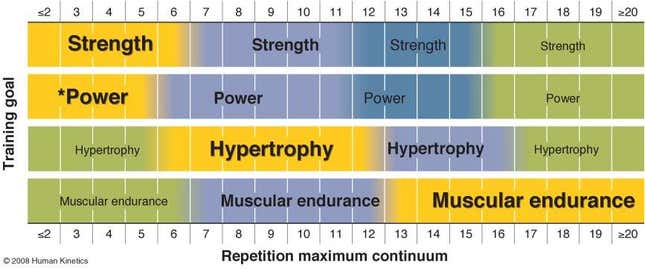
Good article Stephanie; this echoes the well-established NSCA guidelines, as I’ve commented about before. I much prefer these articles that rely on peer-reviewed literature instead of quotes from dubious “trainers”
One dimension that this articles doesn’t mention is peak power (ergo, velocity) training occurs at the…




